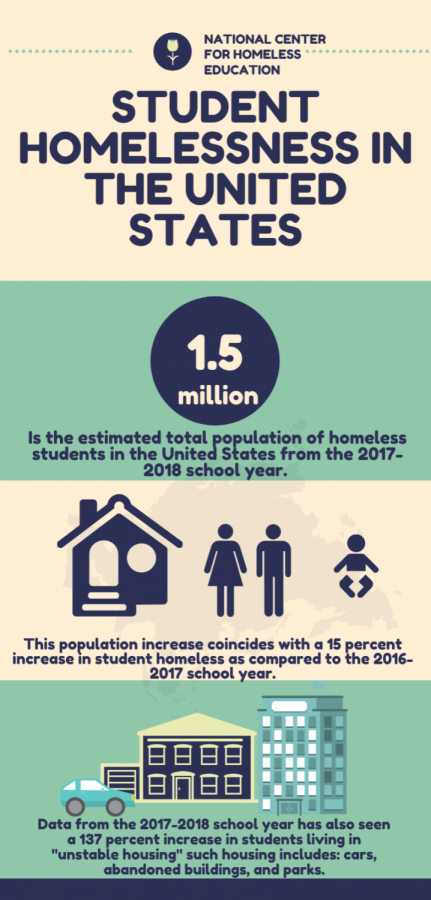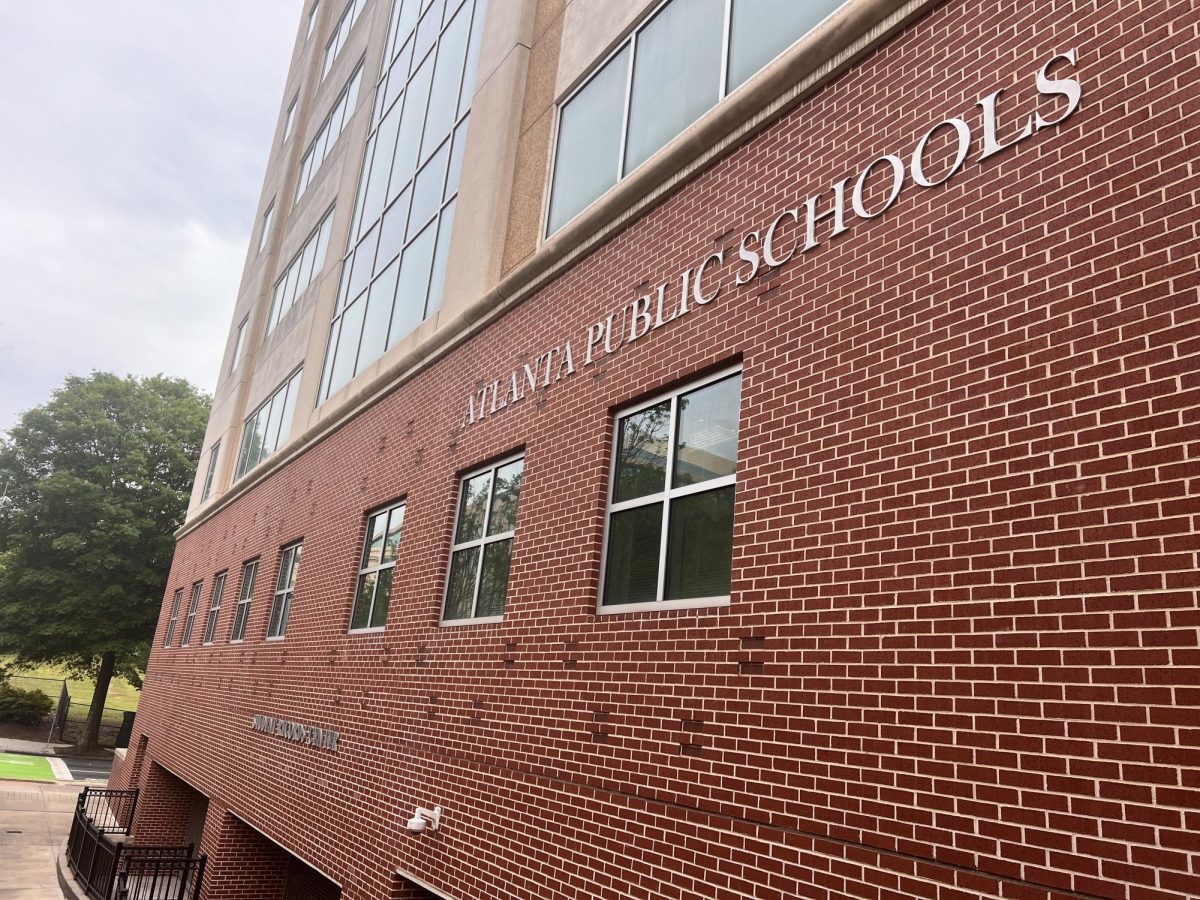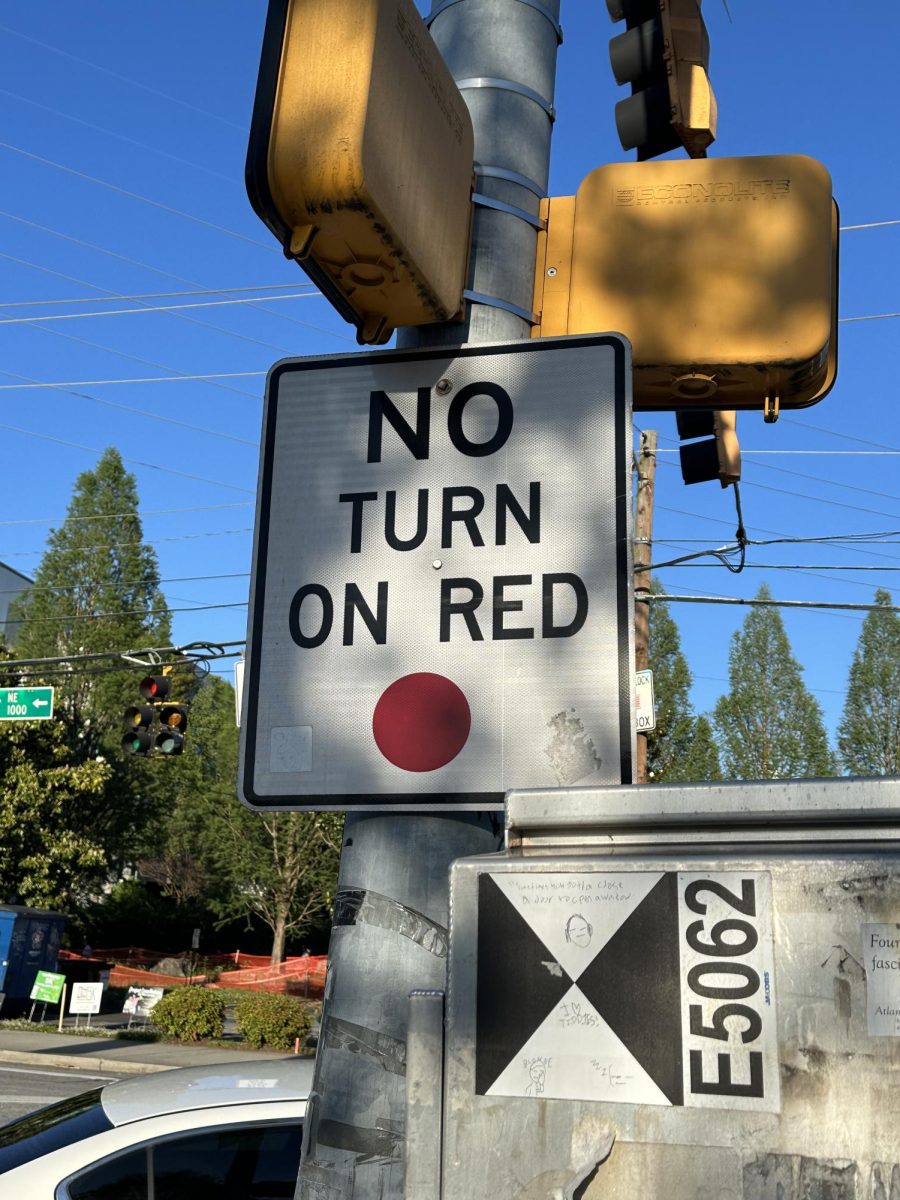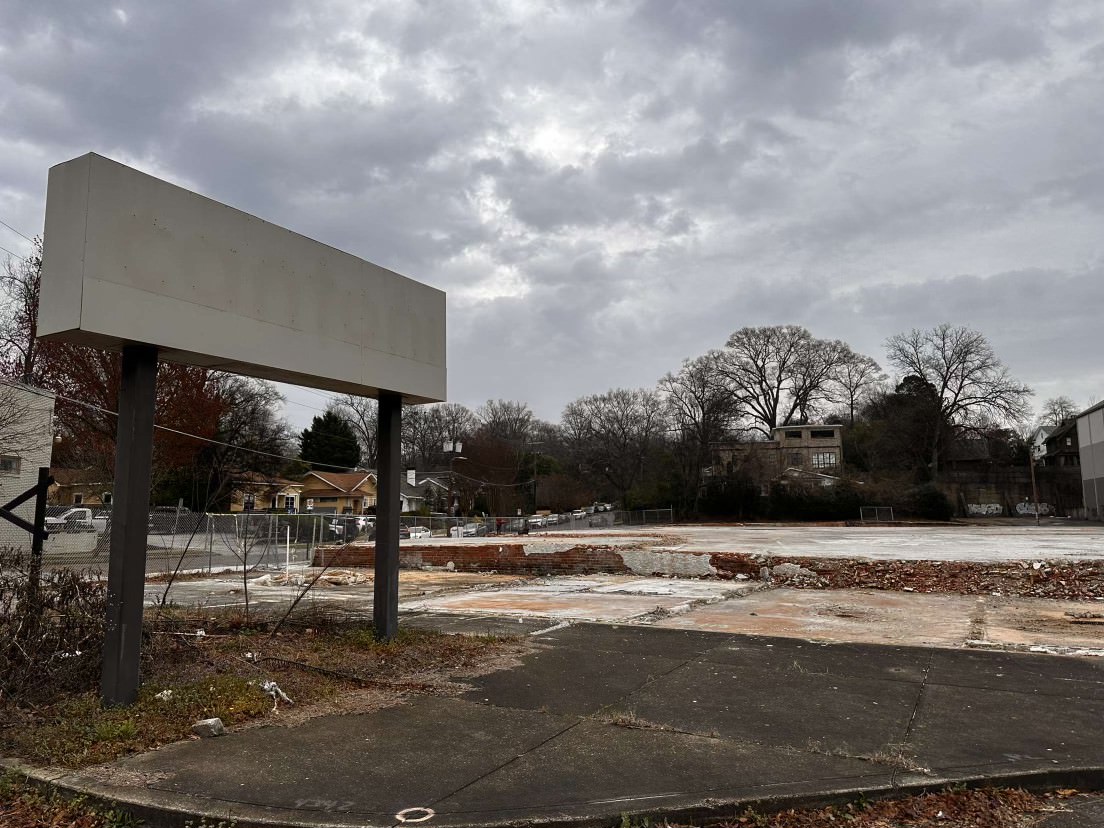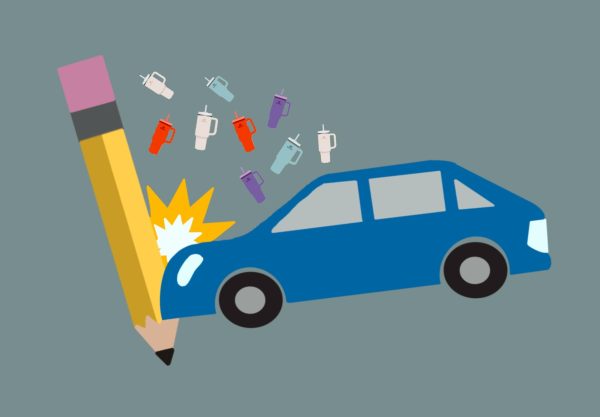Coronavirus emphasizes rising concerns about student homelessness
The affordable housing crisis is causing massive damage to the nation’s most vulnerable, students. Currently, student homelessness is at an all-time high in the United States.
May 20, 2020
Student homelessness is at an all-time high in the United States. According to findings in the New York Times, the number of students living in “unsheltered places” — cars, abandoned buildings, and parks — has increased 137 percent.
A 2020 report conducted by the National Center for Homeless Education found that 1.5 million public school students were experiencing homelessness in the U.S. from 2017-2018, a 15 percent increase from 2016-2017. A study conducted by the Brookings Institute found that at least three-quarters of the student homeless population is living in what is known as “doubled-up” housing.
Now, with both New York City Schools and all school districts in the state of Georgia closed for the rest of the school year, what will become of the 114,000 and 40,000 students suffering from unstable housing?
With the affordable housing crisis taking its toll on families nationwide, students have been one of the primary subgroups taking the biggest hit. The federal government does have a variety of resources that can be put towards the needs of the homeless student population (most notably through the Education for Homeless Children and Youth program), but it’s still not enough. Although the program was allocated 93.5 million dollars in the 2019 fiscal year, the growing student homeless population is beginning to take a toll on these already scarce resources. In the same article by the Brookings Institute, this budget amounts to only, at best, $54 per homeless student.
Student homelessness has become a very real and very grave problem that plagues the U.S. and is a ghost of the affordable housing crisis. A link has also been formed between rates of student homelessness and its connection to academic success. U.S. News found that only 64 percent of homeless students graduated, 13 percentage points below other low-income students, and 20 percentage points below from the average students.
As reported by the United States Interagency Council on Homelessness, in Georgia alone, there are an estimated 40,000 students that have experienced some degree of homelessness throughout the 2017-2018 school year, of which an estimated 2,000 are unaccompanied homeless students.
The coronavirus only works to heighten the disadvantages that these students face.
In a report overseen by the New York Times, 114,00 students in the New York City public school system (the largest public school system in the country) are homeless or live in unstable housing. For some, receiving three hot meals a day, medical care and means to wash their dirty laundry is something they can only get at school. That’s why the closing of New York City schools due to COVID-19 was considered a “last resort” by many.
Educators nationwide have begun to take on the tumultuous challenge of moving education online. And for students who can barely scrape together three meals a day, access to technology is becoming an added challenge.
The New York Times found that in the case of homeless student Allia Phillips in New York City, her screen was pitch black the morning she was supposed to begin her remote education. Later on, her mother would discover that the homeless shelter they were staying in did not have access to the internet. This same article reports that of the 450 family and single adult shelters in New York City’s main shelter city, most don’t have WiFi. Phillips is one of the hundreds of thousands of vulnerable children who are being left behind as the pandemic surges on.
The novel coronavirus pandemic has impacted every sector of life in the United States. Unsurprisingly, the most vulnerable students and families are suffering greatly as the virus rages on. And although corporations, food pantries and the federal government are all working together to ensure that vulnerable students and their families have access to the items they need, it is not enough.
Better programs must be funded and enforced when this crisis has been averted. Where will their help go when the pandemic has faded? The at-risk children of this nation deserve better long-term programs that will fundamentally improve their quality of life to ensure that the federal government will never have to go scrambling for answers again when it comes to the lives of this nation’s children.

